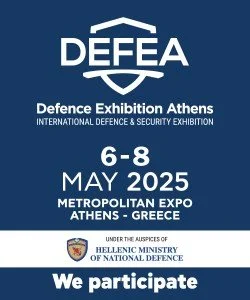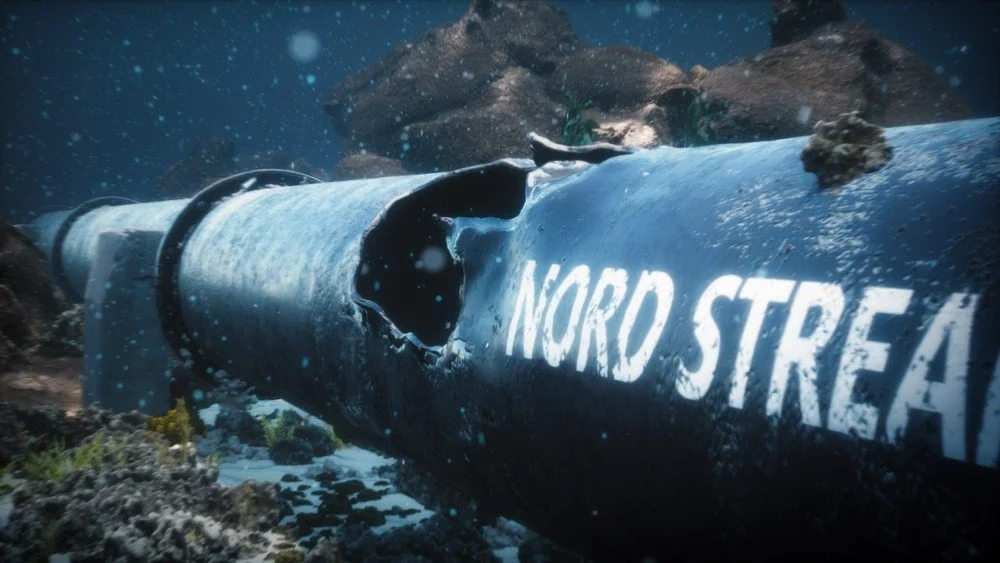NATO Must Move Out Smartly on 5G
/By James Jones, Ian Brzezinski, Douglas Lute and Robert Wheeler
“Posted on August 13, 2020 by DEFENSE ONE”
Next-gen wireless communications are a game changer
Much attention is focused, and appropriately so, on the security risks associated with 5G – particularly those technologies produced in China. But next-generation wireless technologies promise a revolution in military operations, one that will change everything from training to logistics to the tactical, operational, and strategic dimensions of warfare. As the institution responsible for enabling effective joint and combined operations by its member states, NATO must help lead the integration of 5G into the force structures and operations of the alliance and among allied armed forces.
Next-gen wireless communications are a game changer because lower network latency and leap in throughput speeds translates into massive real-time data sharing, and because low power consumption will shrink the size and weight of the electronic systems that burden combat aircraft, warships, and individual troops.
5G will bring to the battlefield new ways to share and integrate sensor data
5G will bring to the battlefield new ways to share and integrate sensor data between operators, weapons, and platforms, including unmanned systems. It will enable forces to harness artificial intelligence and machine learning in ways never before seen on a battlefield: autonomous loading and off-loading of trucks, trains, planes and ships; enhanced situational awareness for soldiers in the foxhole and their most senior commanders; real-time targeting and retargeting; and, new military concepts of operations, such as the swarming of drones.
Imagine a very high-speed, low-latency secure wireless bubble across a battlefield or all of Europe. Built correctly, this would be the digital backbone of a better NATO defense and deterrence posture.
But along with the opportunities, 5G poses profound challenges for the alliance. If left uncoordinated, allies risk deploying 5G technologies that strip their forces of interoperability and render them vulnerable to penetration and compromise by our adversaries. NATO needs a 5G strategy to mitigate, if not eliminate, those risks and position allied forces on the technological high ground of the battlefields of today and tomorrow.
The Alliance needs to act now or risk being left in the 5G contrail of its competitors. NATO’s Secretary General should consider the following actions to catalyze the development of a robust alliance 5G strategy and deliver on the 2019 London Summit Declaration.
Convene North Atlantic Council briefings on the military implications of 5G.
It is imperative that alliance governments are fluent in the capacities of 5G and their implications for military force structures and operations. Such a briefing to a combined session of NATO and European Union ambassadors would foster collaboration between the two institutions, both of which can influence the development of 5G capacities in their member states.
Task SACEUR to provide a military assessment of the risks and opportunities of 5G and define the requirements they generate for allied networks, platforms, weapons and operations. Both are effective means to prompt allies to give 5G priority and implement 5G standards and protocols necessary for C4ISR interoperability and security.
Establish 5G as a priority focus of the NATO Cyber Center of Excellence in Estonia. This center, in cooperation with Allied Command Transformation, NATO’s driver of capability development, is an appropriate venue for the development of doctrine, operational concepts, and tactics leveraging the power of 5G.
Meanwhile, the Alliance’s command structure and the NATO Communications and Information Agency should launch a series of pilot projects to operationalize the military applications of 5G technologies. These could include:
• 5G-powered secure command and control: The alliance should explore how 5G can provide secure, interoperable command-and-control capabilities on the battlefield. An exercise could place 5G antennas (they are small: only 14 inches x 11 inches) on tanks or unmanned aerial vehicles to create a 5G bubble in which machines, devices, and sensors deployed on platforms and personnel are connected via high-bandwidth, low-latency secure data flow. (A similar test has already been conducted by the German Army.) NATO could do the same with a naval surface action group.
• 5G-enabled training: The alliance should lead the incorporation of 5G technology into military training. NATO’s Joint Force Training Center in Bydgoszcz, Poland and Joint Warfare Center in Stavanger, Norway, could host experiments featuring 5G to provide a mix of live, virtual, and synthetic simulations. The JFTC’s premier annual Coalition Warrior Interoperability Exploration, Experimentation, and Examination Exercise, or CWIX, draws more than 1,000 participants from more than 20 NATO and partner countries. This is an ideal venue through which to drive 5G capability into alliance training and exercises.
• Securing existing systems. Ripping and replacing 3G and 4G telecom equipment – not to mention Huawei equipment – is costly and time-consuming. NCIA should be tasked to identify and test technologies that can secure existing communications systems that for some are prohibitively expensive to replace. This would facilitate secure communications even as these allies stick to the lifespan of their current infrastructure as they prepare for 5G.
The race for 5G dominance is well underway. This is a technology that is complex and rapidly evolving. With it comes significant but manageable interoperability and security challenges. The ability of the Alliance to secure and hold the technological high ground in a battlespace increasingly dominated by data-intensive operations will be critical to mission success — and thus NATO’s very relevance.













